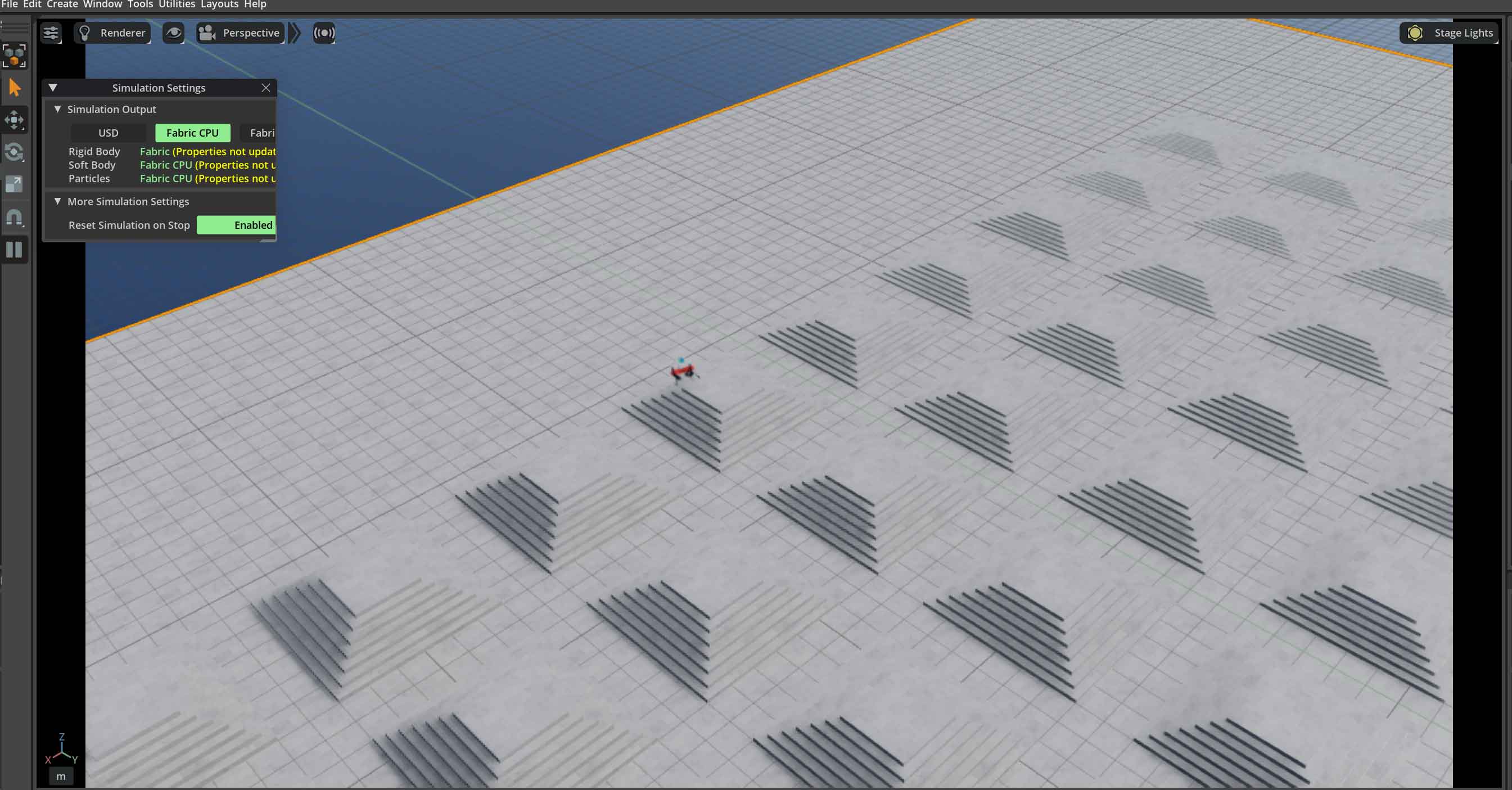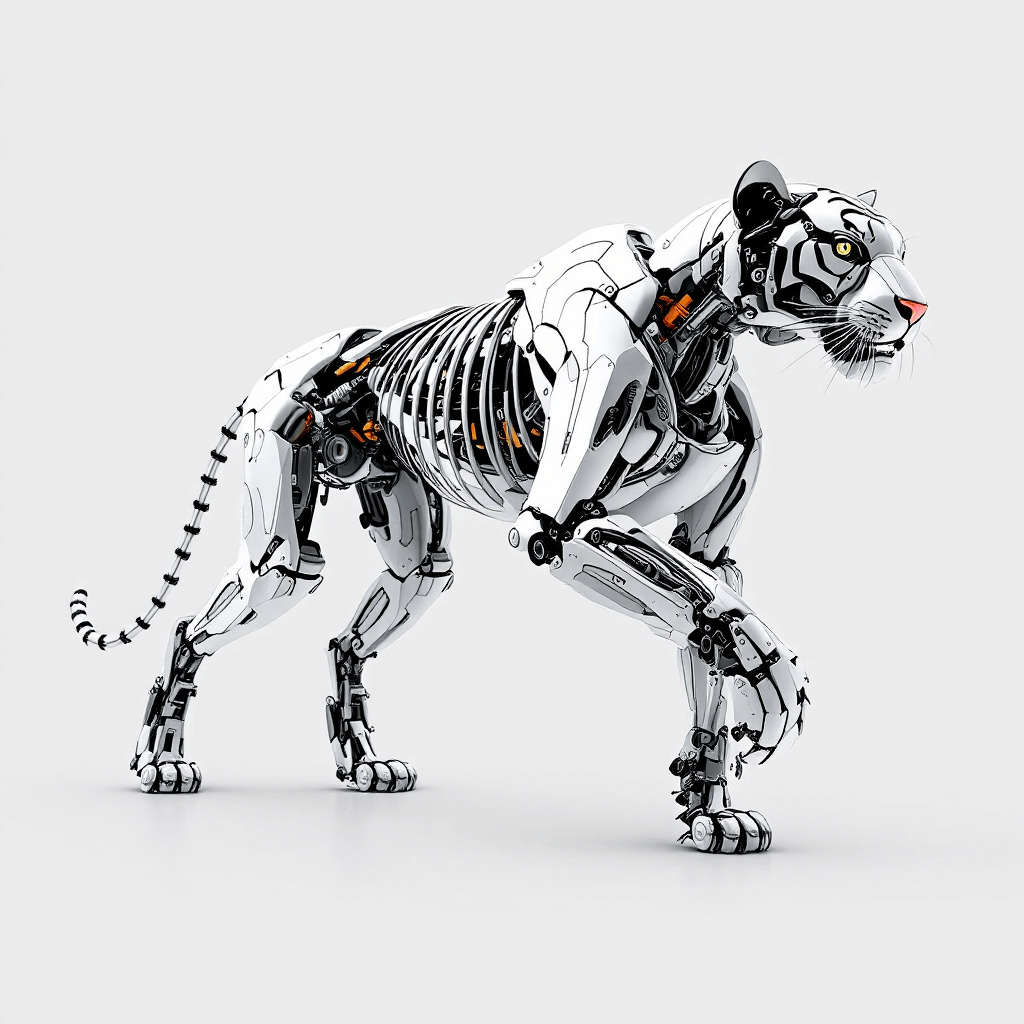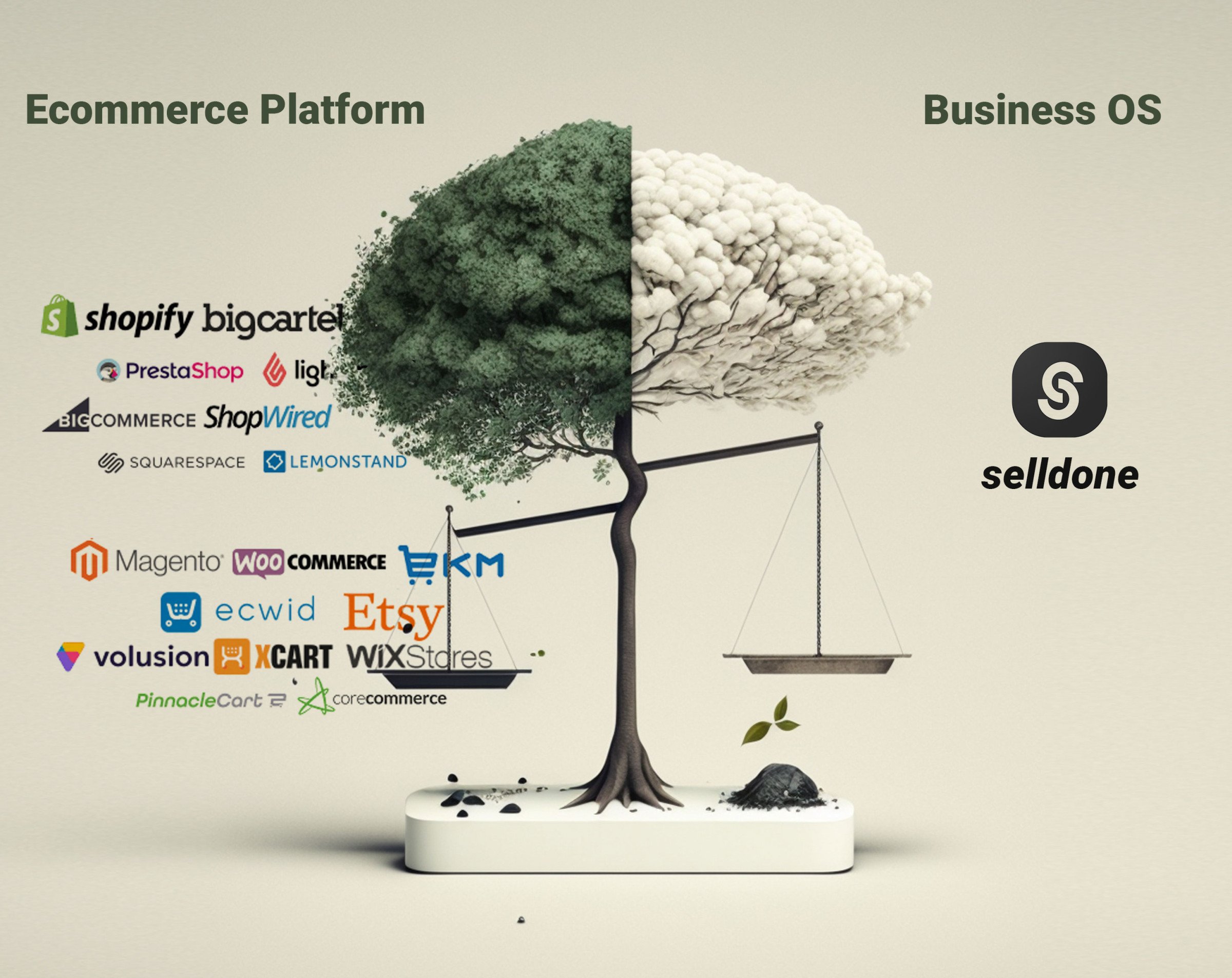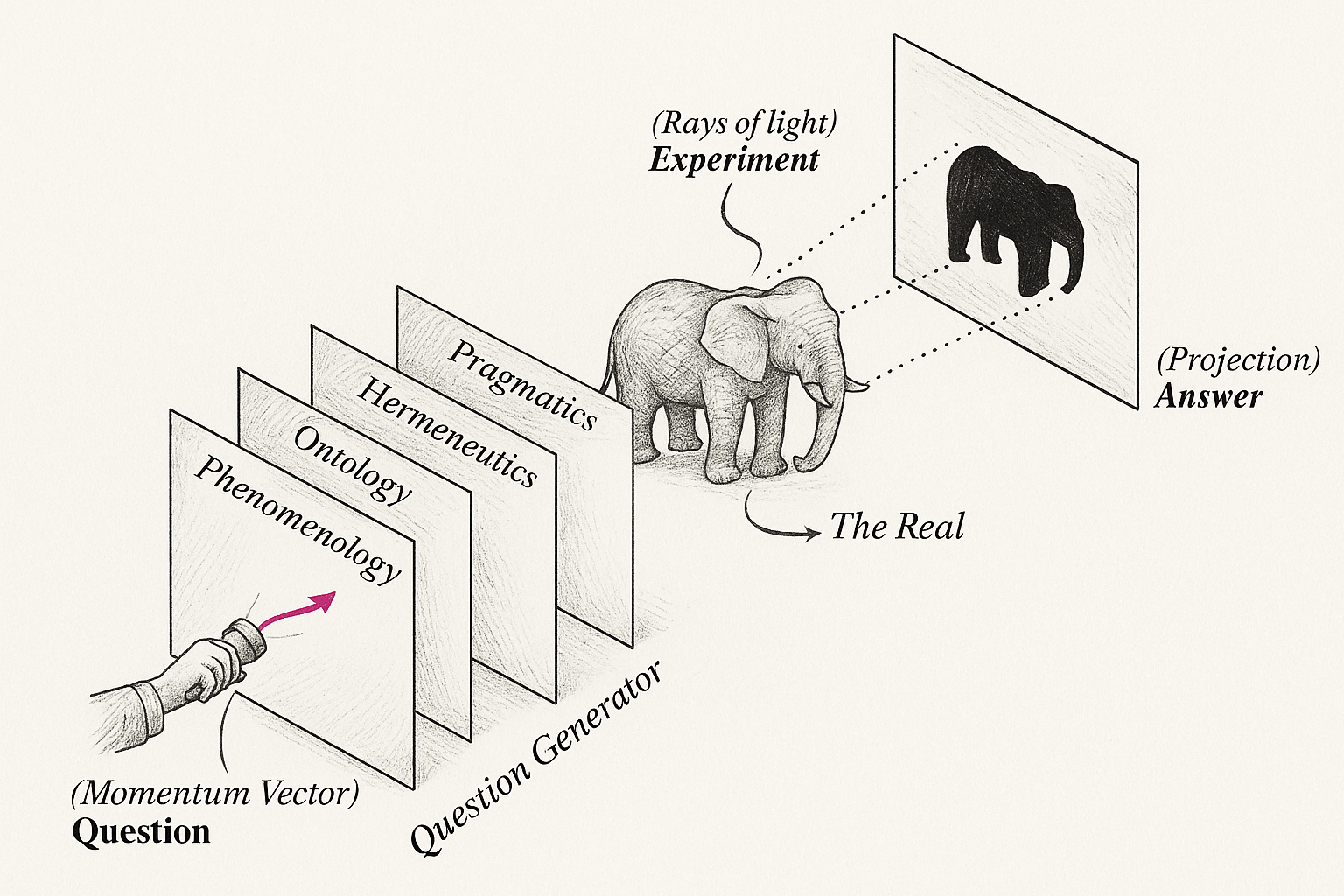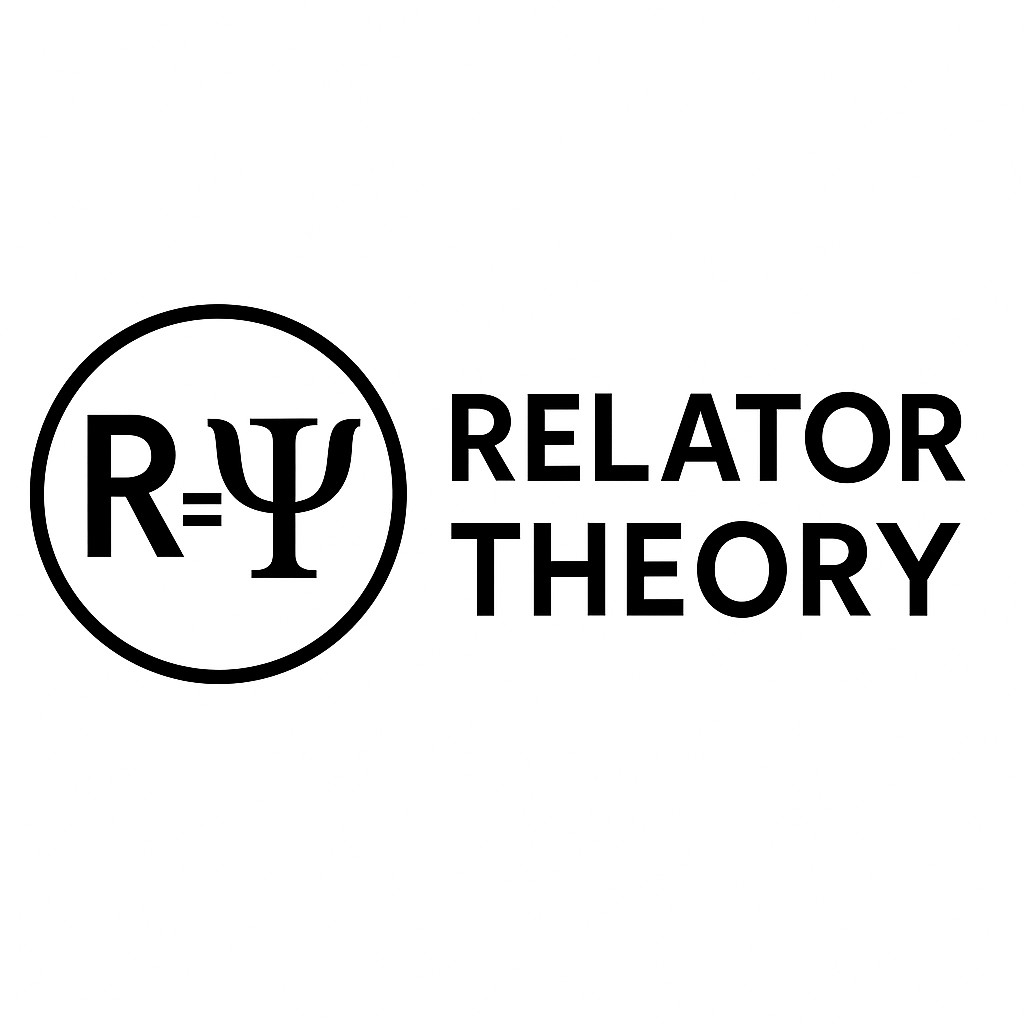Unleash the Power of AI Agents Now
I am thrilled to share my experiences and insights on a groundbreaking shift happening in business automation today. From the earliest days of rule-based robots and structured processes, we have evolved into a new era of agentic automation — fueled by generative AI, advanced orchestration, and seamless collaboration between people and intelligent software. In this article, I will delve into what AI agents are, how they fit into complex workflows, and why every organization should explore them now. I’ll also provide a comprehensive practical checklist, a simple table, and a conceptual graph to help illustrate how these new approaches can transform your operations. Finally, we will see how solutions like selldone (a powerful business management system and ecommerce platform) can integrate smoothly with these cutting-edge concepts.

A Glimpse into the Automation Journey
Early Automation (Act 1)
Initially, the world of automation revolved around rule-based systems known as robotic process automation (RPA). These robots could mirror how people interacted with structured applications and follow clear, deterministic rules. This worked amazingly well for fixed scenarios:
- Structured data: Data stored in predictable formats, such as spreadsheets or standard fields.
- Well-defined workflows: Repetitive tasks like invoice approvals or order processing, where rules never changed.
- Human input: Teams that supervised robots, handled exceptions, and orchestrated tasks at scale.
The ability to imitate human actions on a screen — from data entry to toggling between fields — was a game-changer. However, there was a major limitation. Many real-world processes include chunks of unstructured data and open-ended decisions that a set of rules alone cannot handle.
The New Frontier (Act 2)
Enter generative AI, powered by large language models (LLMs) that understand natural language and can respond with human-like reasoning. For the first time, we have technology that can not only emulate our actions (like RPA does) but also imitate our thinking patterns. This opens up powerful new capabilities, especially for processes involving unstructured or semi-structured data, such as:
- Reading long, freeform documents
- Extracting deeper meaning from complex text
- Making judgments or recommendations based on context
However, these AI-driven tools are non-deterministic, meaning they can produce different responses each time. Businesses crave reliability, security, and governance, especially when dealing with sensitive data or financial transactions. Balancing the power of generative AI with the discipline of enterprise workflows has become the mission of AI agents.
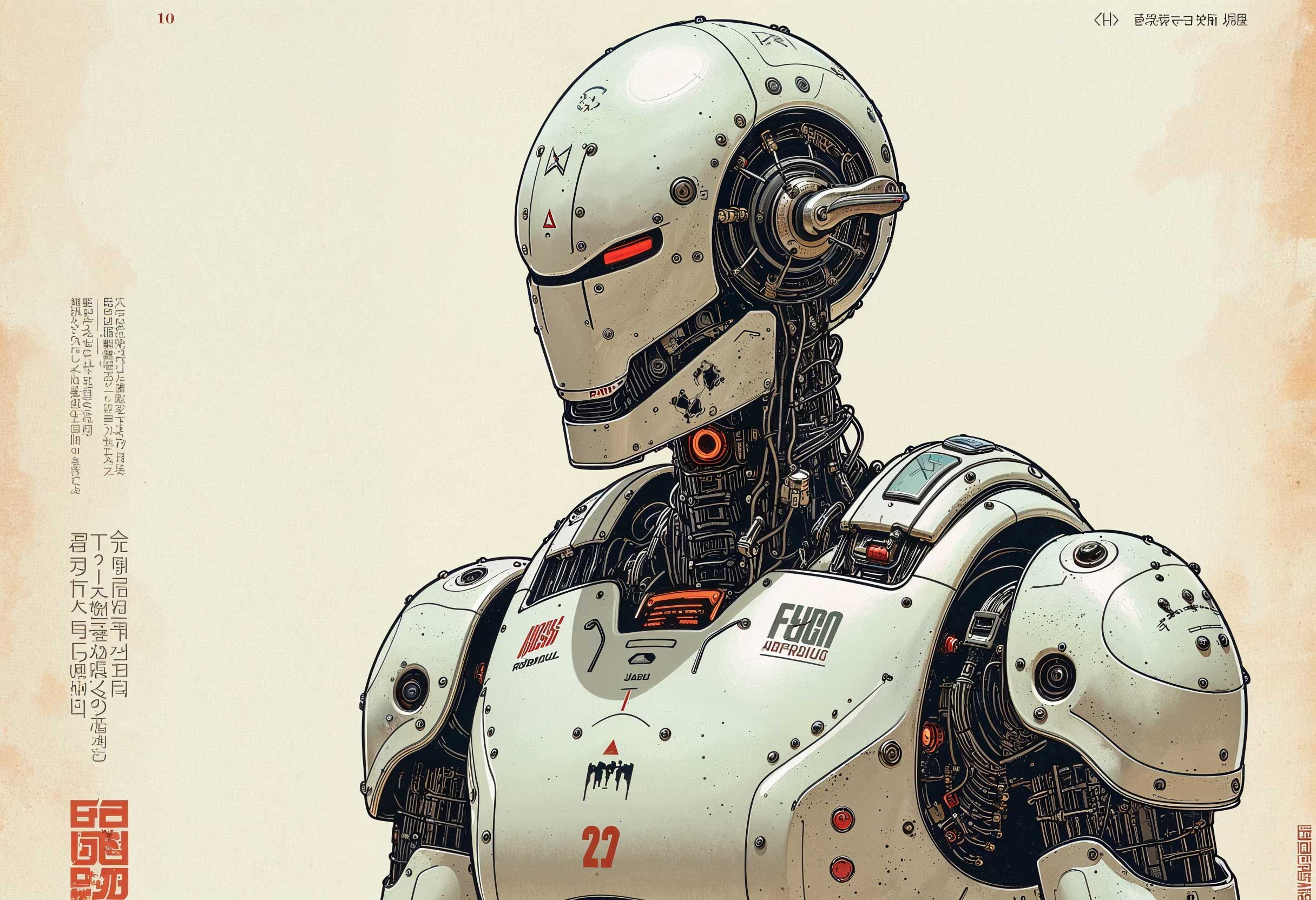
Understanding Agents
The Concept of an Agent
An agent is a piece of software that is instructed using natural language (the “prompt”) and is equipped with:
- Memory for ongoing or historical interactions
- Access to tools such as robots, web services, or domain-specific APIs
- A goal defined by a high-level instruction set
Imagine a travel agent designed to book flights, hotels, and ground transport for employees. Instead of writing rules like, “If the request is from location X, book with airline Y,” the agent simply reads a natural language prompt (e.g., “I need to fly from London to New York next week…”) and dynamically calls the right tools (robot for airline booking, robot for hotel aggregator, etc.). This blend of human-like comprehension and robust, deterministic tools is the foundation of agentic workflows.
Why AI Agents Need Robots
While LLM-driven agents can interpret complex queries, they should not directly hold credentials or have unrestricted access to critical systems. That’s where “robots” or specialized automation steps come into play. Robots:
- Maintain security by never exposing confidential login details
- Offer determinism to run predictable tasks
- Provide governance through orchestration, audits, and logs
In short, AI agents handle creative or unstructured tasks, while robots perform well-defined, sensitive tasks behind the scenes. People remain in the loop where needed to verify choices or make key decisions — but increasingly, the system can self-improve and reduce manual steps over time.
Practical Use Cases
End-to-End Workflow Transformations
Traditionally, only parts of a workflow could be automated if they were heavily rule-based. With agentic automation, the entire workflow — from early data gathering to final decision-making — can be orchestrated. Humans simply monitor the outcomes, focusing on oversight rather than daily grunt work.
For instance, consider A Hypothetical Example in claims processing:
- Data Extraction: AI agent reads unstructured denial letters.
- Analysis: Agent interprets reasons for denial, calls a robot to gather patient info from relevant systems.
- Recommendation: Agent generates a probable solution or suggests an appeal.
- Human Verification: A person quickly confirms or amends the agent’s proposal.
- Final Execution: Robot submits the resolution and logs the status.
Multi-Agent Coordination
Agents also become more powerful when they work in tandem. Each agent can specialize in a different domain (finance, HR, logistics), then pass tasks to each other or orchestrate with robots to complete a broader objective. This is especially valuable in large organizations or multi-market structures.
Orchestration and Workflow Management
Why Orchestration Is Essential
An advanced workflow orchestrator can coordinate different agents, robots, and people. It ensures that:
- Right tasks go to the right agents or robots
- Exceptions are escalated to human operators
- Approvals align with enterprise policies
- Data is consolidated securely and consistently
Such orchestration is crucial for bridging the creativity of AI with the predictability required by businesses.
selldone for Seamless Integration
Platforms like selldone, a business management system and ecommerce solution, exemplify how next-generation orchestration can integrate with AI agents. selldone can handle multiple sales channels, manage inventory, and unify customer data. Meanwhile, AI agents can interpret unstructured customer inquiries, handle complex returns, or cross-check order statuses across various tools. The result is a fully orchestrated business environment, from cart to doorstep and beyond.
Building Trust and Governance
Guardrails and Permissions
- Agents only access robotic tools or data subsets specifically assigned to them.
- The system logs every action and offers an audit trail.
Human in the Loop
- Early in the process, humans verify recommended actions more frequently.
- Over time, as confidence grows, you can remove manual checks for routine tasks.
Gradual Autonomy
- Introduce smaller forms of autonomy (like auto-booking certain flights under a set cost) before granting wider decision-making powers.
Ethical and Responsible AI
- Evaluate potential biases in training data.
- Continuously monitor AI outputs for fairness and compliance with local regulations.
My Personal Insights from the Field
- Scalability is the name of the game. Isolated pilots rarely prove their worth.
- Use the right tool at the right moment. Complex workflows need an ecosystem: AI for unstructured tasks, robots for deterministic steps, humans for final oversight.
- Focus on business outcomes such as revenue lift, faster cycle times, and better customer satisfaction, not just cost savings.
- Plan for significant change management around data readiness, staff training, and user adoption.
Simple Comparison Table
Below is a quick rundown comparing Rule-Based Automation and Agentic Automation:
| Feature | Rule-Based Automation (RPA) | Agentic Automation (with AI) |
|---|---|---|
| Data Handling | Structured / Semi-Structured | Unstructured / Natural Language |
| Complexity of Tasks | Predetermined, repetitive | Adaptive, context-aware |
| Decision Making | Based on preset rules | Driven by generative intelligence |
| Reliability | High determinism | Requires oversight, can improve |
| Orchestration Needs | Moderate | High (due to dynamic calls) |
| Example Scenario | Invoice data entry | Full claims denial resolution |
Visualizing the Journey
Below is a conceptual graph showing the evolution from simple RPA tasks to complex agentic workflows. Each point on the X-axis represents an increasing level of complexity and unstructured data, while the Y-axis represents the level of autonomy.
Make Your Business Online By The Best No—Code & No—Plugin Solution In The Market.
30 Day Money-Back Guarantee
Say goodbye to your low online sales rate!

